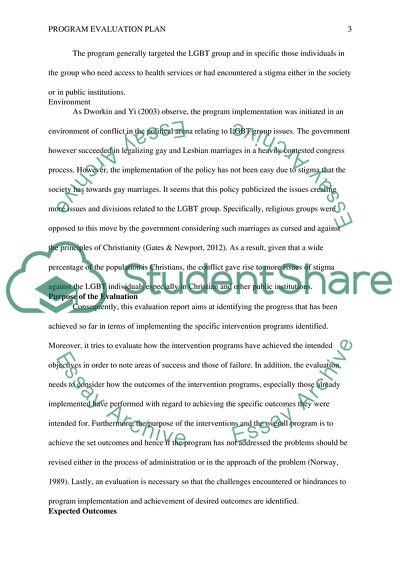Cite this document
(Program of the Access to Human Services for Sexual Minorities Term Paper, n.d.)
Program of the Access to Human Services for Sexual Minorities Term Paper. Retrieved from https://studentshare.org/social-science/1866750-program-evaluation
Program of the Access to Human Services for Sexual Minorities Term Paper. Retrieved from https://studentshare.org/social-science/1866750-program-evaluation
(Program of the Access to Human Services for Sexual Minorities Term Paper)
Program of the Access to Human Services for Sexual Minorities Term Paper. https://studentshare.org/social-science/1866750-program-evaluation.
Program of the Access to Human Services for Sexual Minorities Term Paper. https://studentshare.org/social-science/1866750-program-evaluation.
“Program of the Access to Human Services for Sexual Minorities Term Paper”, n.d. https://studentshare.org/social-science/1866750-program-evaluation.


